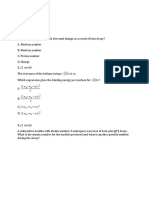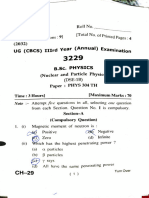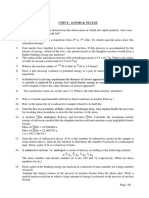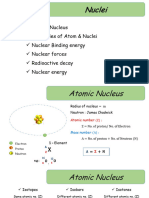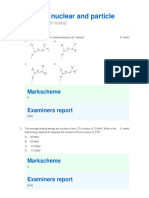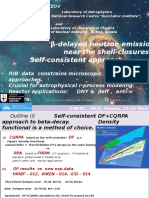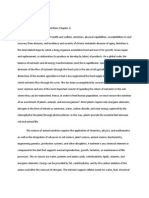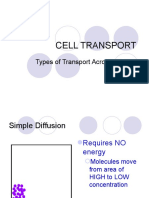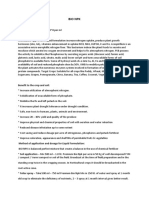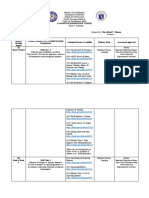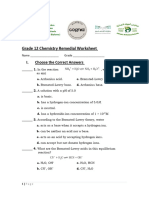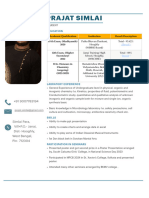0% found this document useful (0 votes)
14 views71 pagesTutorial Merged
The document outlines a series of tutorial questions for a Nuclear Physics course (SIF3001) for Semester 1 of 2024/2025. It covers topics such as nuclear properties, forces between nucleons, shell models, beta decay, alpha decay, gamma decay, and nuclear reactions, fission, fusion, and astrophysics. Each tutorial includes specific calculations, theoretical explanations, and references to figures and equations from Krane's textbook.
Uploaded by
hzqhfarahainCopyright
© © All Rights Reserved
We take content rights seriously. If you suspect this is your content, claim it here.
Available Formats
Download as PDF, TXT or read online on Scribd
0% found this document useful (0 votes)
14 views71 pagesTutorial Merged
The document outlines a series of tutorial questions for a Nuclear Physics course (SIF3001) for Semester 1 of 2024/2025. It covers topics such as nuclear properties, forces between nucleons, shell models, beta decay, alpha decay, gamma decay, and nuclear reactions, fission, fusion, and astrophysics. Each tutorial includes specific calculations, theoretical explanations, and references to figures and equations from Krane's textbook.
Uploaded by
hzqhfarahainCopyright
© © All Rights Reserved
We take content rights seriously. If you suspect this is your content, claim it here.
Available Formats
Download as PDF, TXT or read online on Scribd
/ 71
























